In today’s fast-paced digital world, choosing the right platform to market your business is more critical than ever. As we enter 2025, two giants continue to dominate the online space for professionals and brands alike: Instagram and LinkedIn. While both platforms offer unique advantages, they cater to very different audiences and business goals.
So, the big question for business owners, marketers, and entrepreneurs is: Which platform should you invest in—Instagram or LinkedIn? Let’s break it down.
The Instagram Advantage in 2025
Instagram, which started as a photo-sharing app, has now evolved into a multi-functional business tool. With features like Instagram Reels, Stories, Shopping, Broadcast Channels, and AI-powered content suggestions, it continues to be a playground for brands that thrive on creativity, emotion, and aesthetics. The latest report suggests India has over 362.9 million active Instagram users which makes Instagram one of the most used social platforms in India.
1. Visual Branding Power
In 2025, Instagram will remain the king of visual storytelling. For businesses in fashion, lifestyle, food, fitness, travel, and retail, Instagram is unmatched in its ability to create brand identity and build a loyal following through consistent, engaging visuals like Stories and Reels.
2. Influencer & Creator Collaborations
Instagram continues to lead the influencer marketing game. According to a report by Money Control, there are 40.6 million influencers in India in different categories including fashion, travel, beauty, and many more. Micro-influencers and content creators have become more strategic, leveraging analytics tools built into the platform to track conversions and reach.
As per a report published by Kantar, a global marketing data and insights company, Indian influencers have taken the lead over traditional advertisements, and around 67% of Indians trust their recommendations. Businesses targeting Gen Z and Millennials find that authentic collaborations on Instagram lead to higher engagement and stronger customer trust.
3. E-Commerce Integration
Instagram Shopping has matured into a seamless, immersive experience. With AI-driven product tagging and AR-based try-ons, businesses can now convert followers into buyers without ever leaving the app. For D2C brands, this is a goldmine.
4. Community Building
Broadcast Channels, introduced in 2023, have gained massive popularity in 2025. Brands use them to make real-time announcements, launch products, or build subscriber communities—much like newsletters, but within the Instagram ecosystem.
The LinkedIn Edge in 2025
Once known as a digital resume board, LinkedIn in 2025 is a powerhouse for B2B marketing, thought leadership, and professional networking. It has embraced AI and content creation in a big way, becoming a serious competitor for organic business growth. As per the latest report, India has more than 121 million active users which is approx. 10.5% of the Indian population.
1. High-Intent Audience
LinkedIn users log in with a professional mindset. This makes the platform perfect for businesses in SaaS, consulting, education, finance, recruitment, and B2B services. Out of 121 million users, 61 million Indian users are in the age group of 25 to 34 who have worked for 10 to 12 years and have more buying power than teenagers. In simple words, you’re not just reaching anyone—you’re reaching decision-makers, managers, and executives.
2. Content That Converts
LinkedIn’s algorithm now heavily favors long-form content, carousels, native videos, and newsletters. In 2025, users spend more time-consuming in-depth posts and articles than ever before. LinkedIn conversion rates are quite impressive. Here is some data that might excite marketers.
- Click-to-lead conversion rate: 9.23%
- Lead-to-opportunity conversion rate: 2.63%
- Opportunity-to-closed-won conversion rate: 12.71%
These are average conversion rates and you can always exceed them by well-designed marketing campaigns. If you’re in the business, this is your playground.
3. Personal Branding & Thought Leadership
Founders, CXOs, and consultants are leveraging LinkedIn to build trust and authority. Personal branding has become a huge focus in 2025, with storytelling posts, behind-the-scenes insights, and industry commentary getting massive traction.
4. Lead Generation Tools
With features like LinkedIn Lead Gen Forms, InMail ads, and AI-based prospect targeting, LinkedIn offers robust tools for businesses to attract qualified leads. The platform now integrates easily with most CRMs, making sales funnel management smoother than ever.
Instagram vs. LinkedIn: A Feature-by-Feature Comparison
| Feature | ||
| Audience Type | B2C, Creators, Millennials, Gen Z | B2B, Professionals, Executives |
| Content Format | Visual: Reels, Stories, Images | Text + Visual: Posts, Carousels, Articles |
| Engagement Style | Likes, Comments, Shares, DMs | Comments, Reposts, InMail, Connections |
| Ad Capabilities | Highly targeted, ideal for impulse purchases | Lead-focused, ideal for high-ticket services |
| E-commerce Ready? | Yes – direct shopping built-in | No native e-commerce, but strong for B2B sales |
| Best For | D2C brands, influencers, lifestyle niches | B2B services, consulting, SaaS, HR, education |
So, Which Platform is Better for Your Business?
The answer lies in your target audience and business goals.
Choose Instagram if your business thrives on visual content, targets younger consumers, or sells directly to end users. It’s ideal for brand awareness, engagement, and e-commerce.
Choose LinkedIn if your focus is B2B, professional services, hiring, or thought leadership. It’s where credibility and networking can directly drive leads, partnerships, and trust.
In many cases, a hybrid strategy may be ideal. For example, a startup SaaS company could use LinkedIn for lead generation and founder branding, while using Instagram to build a fun, visual culture for its end users or employees.
Wrapping Up:
In 2025, the battle isn’t really *Instagram vs. LinkedIn*—it’s about knowing where your audience is most active, and how your content can solve their problems or inspire action.
Each platform has matured into a specialized tool. If used wisely, both can deliver incredible ROI. Rather than asking “Which is better,” the smarter question is: “Which platform better aligns with my brand’s voice, product, and customer journey?” Once you find the answer to this question, the answer itself might clarify which platform and marketing strategy is right for your business.




